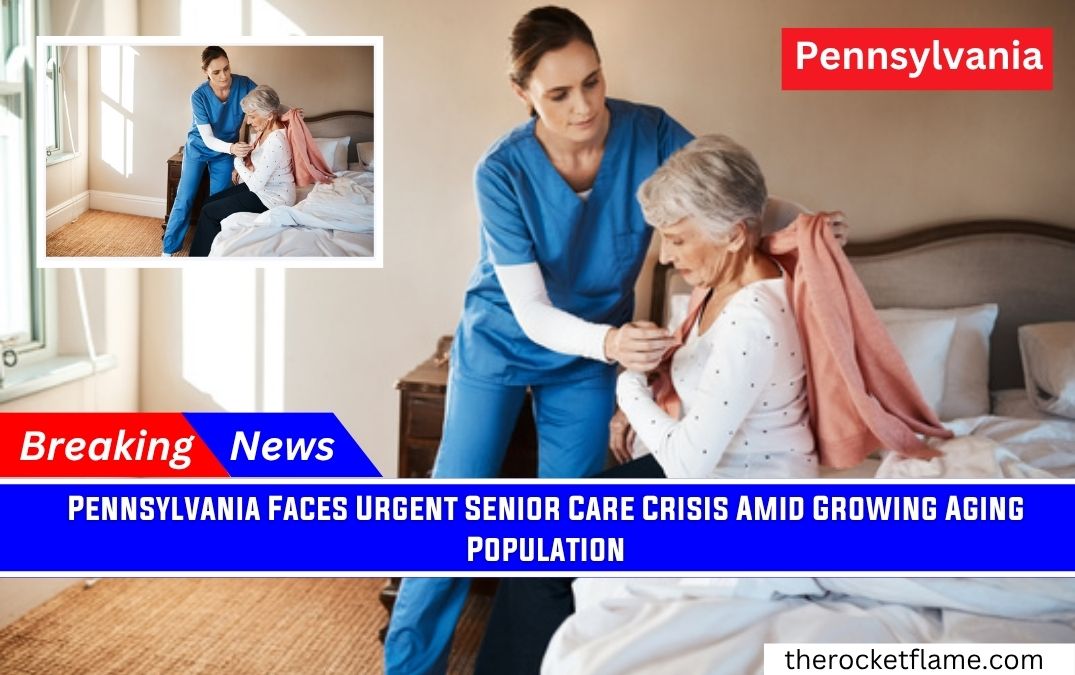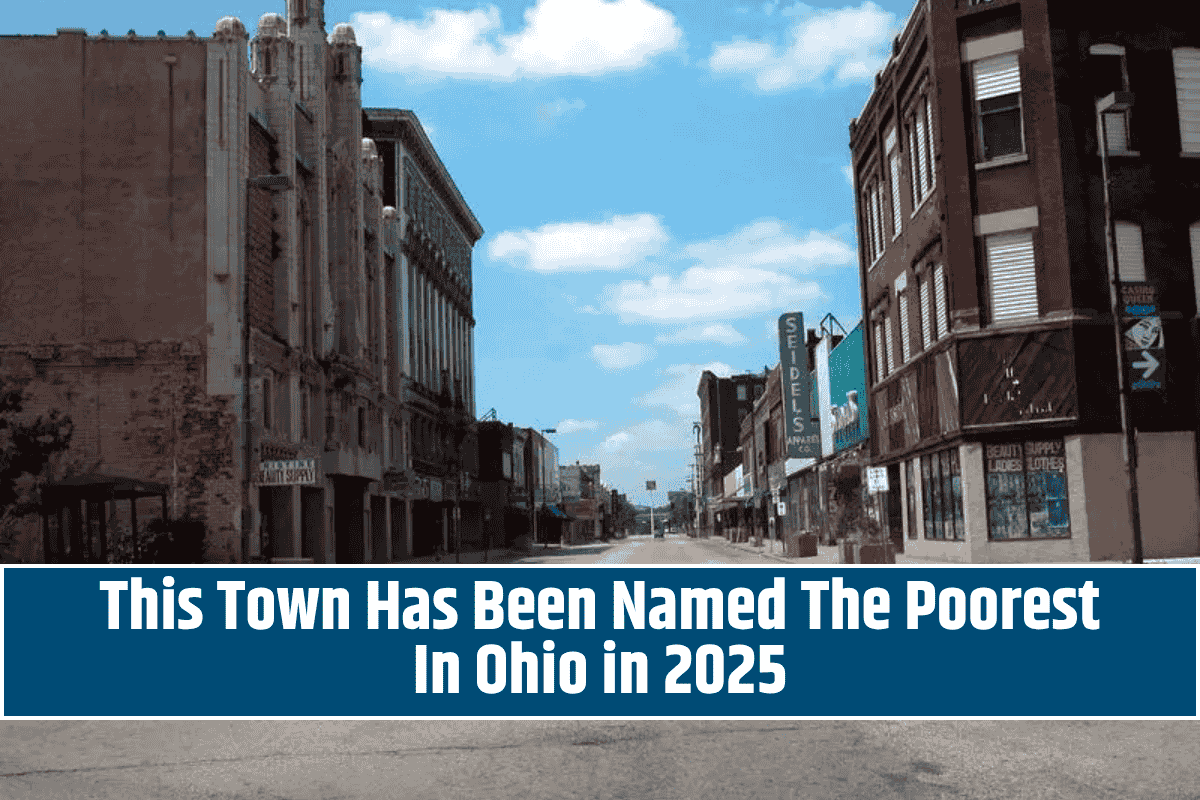Pennsylvania’s elderly population is growing rapidly — and the state is struggling to keep up.
With nearly 20% of residents over age 65, healthcare providers warn that staff shortages, low wages, and insufficient funding are straining the senior care system.
Leaders and care workers are calling for immediate solutions before the situation worsens.
What Happened
A recent roundtable discussion at Westmoreland Manor in Hempfield highlighted deep concerns about Pennsylvania’s senior care system.
The event brought together healthcare professionals and state lawmakers to discuss the growing challenges facing long-term care facilities and home care providers.
Key Details
Pennsylvania is home to 2.5 million seniors, making up 19.6% of the population.
That figure is expected to rise to 1 in 3 residents by 2030.
Only Florida has a higher percentage of senior citizens.
Westmoreland Manor, a county-run nursing home, is experiencing critical staffing shortages.
Staff often work overtime or rely on bonuses just to meet minimum care standards.
Carol Marol, a licensed practical nurse, shared that low wages and staffing gaps leave residents feeling neglected.
Home healthcare worker Janessa Knepshield said that even taking a single day off leaves vulnerable patients without coverage.
Facilities like Redstone Highlands report daily care costs of $465, while federal programs like Community Health Choices only reimburse $306 per day — a gap that’s financially unsustainable.
Reactions or Statements
“When we are short-staffed, and when workers are not paid competitive wages, then the residents feel like garbage,” — Carol Marol, Licensed Practical Nurse.
“If I take a day off, there is no coverage. It’s hard to want to take a personal day.” — Janessa Knepshield, Home Healthcare Worker.
Redstone Highlands warned that any reduction in Medicaid support could collapse the system that many seniors rely on.
Investigation or What’s Next
The issue is not new. Experts argue that Pennsylvania should have acted years ago to reinforce senior care infrastructure.
With potential Medicaid changes on the federal level, there is heightened urgency for state-level planning and investment.
Legislators and healthcare providers are now discussing policy reforms, wage increases, and expanding workforce training to stabilize the sector before demand surges further.
FAQs
Why is senior care a growing issue in Pennsylvania?
Pennsylvania has one of the oldest populations in the U.S., and demand for long-term care is rising quickly.
What are the main problems in the current system?
Staff shortages, low wages, and underfunded programs are straining nursing homes and home care services.
How are workers affected?
Healthcare staff report burnout, lack of backup, and out-of-pocket spending to meet basic patient needs.
What programs are currently helping?
Community Health Choices supports Medicare and Medicaid recipients, but reimbursement rates are falling short.
What changes are being proposed?
Potential solutions include wage hikes, better staffing ratios, and increased funding for care providers.
Summary / Final Takeaway
Pennsylvania’s aging population is putting massive pressure on an already fragile senior care system.
Without urgent action to support care workers and fund services, the state risks failing the growing number of elderly residents who depend on them.












